As an excellent farmer in An Giang province, Mr. Le Thanh Long has a total agricultural production area of 80 hectares. Each year, the revenue reaches 8.91 billion VND, the profit is up to nearly 5 billion VND.
When referring to the project to produce 1 million hectares of high-quality, low-emission rice at the recent National Farmers' Forum in 2024, Mr. Long said that the project helps rice farmers have the opportunity to change to safe, efficient, environmentally friendly production methods and have higher incomes.
The results of local pilot models make farmers like him proud and eager to participate in growing rice to reduce emissions. However, he also hopes that the Ministry of Agriculture and Rural Development and the Vietnam Farmers' Association will have a program to support rice farmers to reduce emissions and successfully sell carbon credits.
To ensure production and food security, Mr. Ho Ba Phieu (Can Tho City) also hopes that the leaders of the agricultural sector will create the best conditions and provide optimal support for farmers growing rice on a large scale to participate in rice cultivation to reduce emissions.
“I also want to participate in the project of 1 million hectares of high-quality, low-emission rice in the Mekong Delta,” Mr. Phieu expressed.
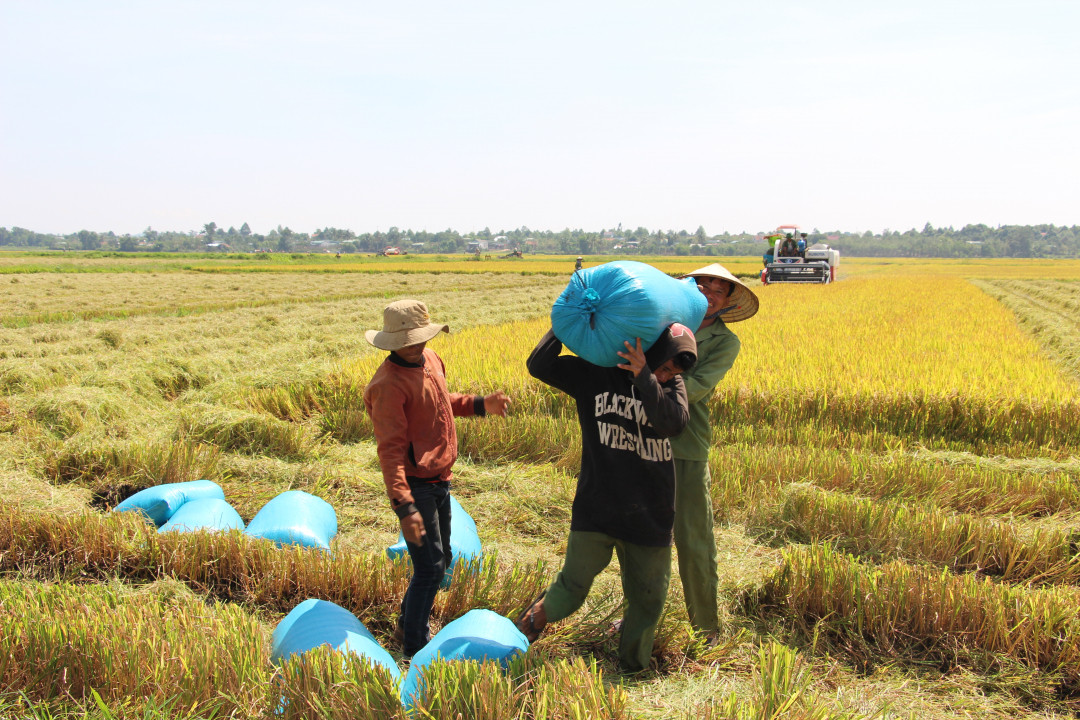
According to Minister of Agriculture and Rural Development Le Minh Hoan, in the history of the development of the Vietnamese nation, it is farmers who have contributed to the miracle of the agricultural sector, turning Vietnam from a poor country into a world food exporting powerhouse, not only ensuring domestic food security but also contributing to the global food system in the context of climate change and extreme weather.
He believes that farmers are the ones who will reposition the agricultural sector with new production models.
Over the years, the Minister has traveled to many regions, from the Northwest, Northeast to the coast and deltas, and has seen many very creative models of farmers, from traditional production to circular agriculture, clean agriculture and recently, emission reduction agriculture, multi-value integrated natural agriculture such as rice - fish, rice - earthworm - clam...
The task of the Ministry of Agriculture and Rural Development and the Vietnam Farmers' Union is to summarize practical models into lessons. Practice is vivid, instead of pulling, we push people up by policy mechanisms, by intellectualizing farmers, and connecting markets.
The project of 1 million hectares of high-quality, low-emission rice aims to open up an agricultural economy that reduces emissions and adapts to climate change. From 1 million hectares of rice in the Mekong Delta, it will be multiplied nationwide, then from rice, it can be transferred to other crops, and then from crops to livestock and aquaculture.
In fact, in the agricultural sector, only forestry is absorbing emissions, while other sectors have large emissions. Our task is to make forestry continue to absorb emissions better while other sectors reduce emissions more.
The project of 1 million hectares of high-quality, low-emission rice is also to reposition Vietnam's rice production process, how to spend less to get more. The project has instructions for farmers to understand how to produce with less input and higher output, which means improving the quality of rice grains, recycling straw waste, and creating an economic sector beyond rice grains.
Minister Le Minh Hoan emphasized that not only is the rice industry reorganized, but he also hopes to reorganize farmers, form cooperatives, and agricultural extension forces to accompany people in production.
The role of the Vietnam Farmers' Union in this project is very important, being the core force to mobilize people to participate. The Ministry will coordinate with the Vietnam Farmers' Union to support people to wear the colors of the agricultural sector to reposition production, the Minister affirmed.
The project of 1 million hectares of high-quality, low-emission rice in the Mekong Delta is still in the pilot phase. 12 provinces in the Mekong Delta have plans to produce according to the project. The production area achieving carbon credits will increase very quickly in the coming time, because from the pilot models with standard production processes, achieving good results, they will be expanded to other provinces. According to the plan, by 2025, the area of rice with reduced emissions will increase to 200,000 hectares.
The Transition Carbon Finance Fund has approved a total budget of US$33.3 million, which could be increased to US$40 million, for the project. The Ministry of Agriculture and Rural Development and the fund are in the process of discussing and agreeing on how to prepare for a pilot implementation of greenhouse gas emission reduction payments for rice farmers.
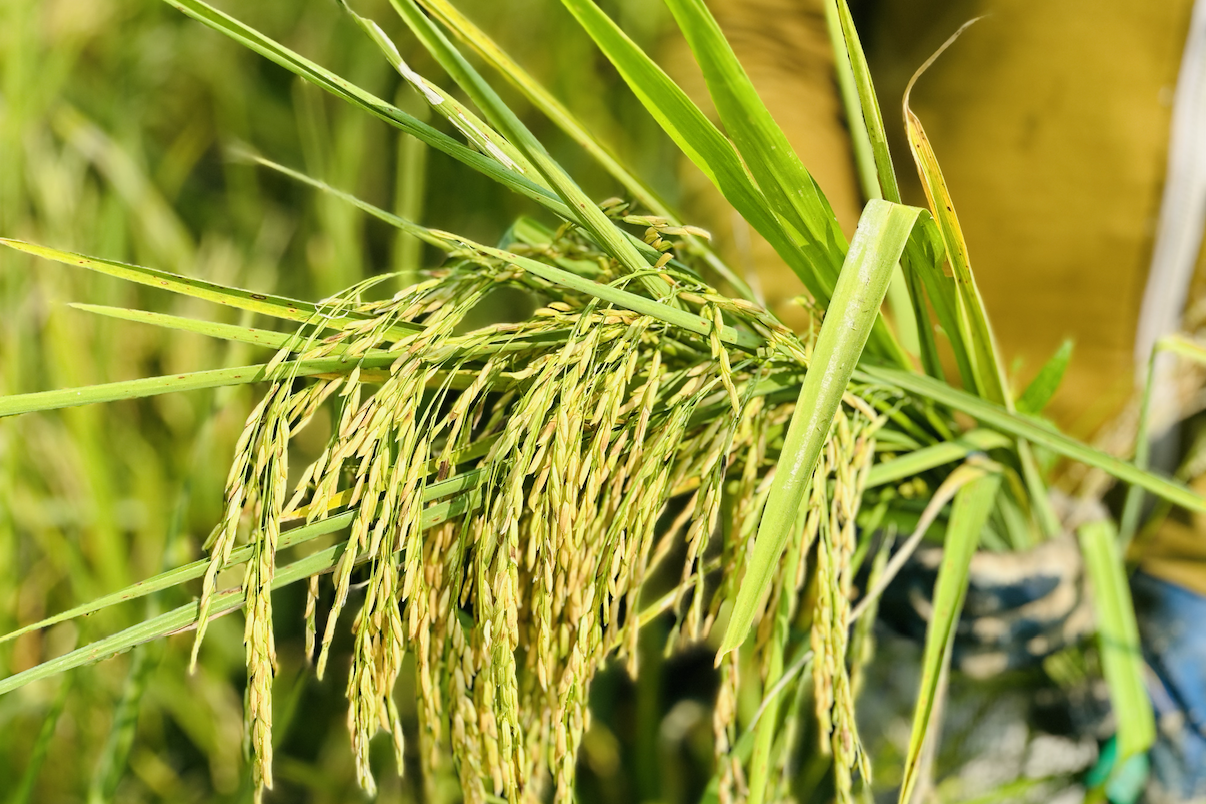
Source: https://vietnamnet.vn/trong-lua-lai-gan-5-ty-dong-nam-nong-dan-muon-ban-tin-chi-carbon-2331846.html








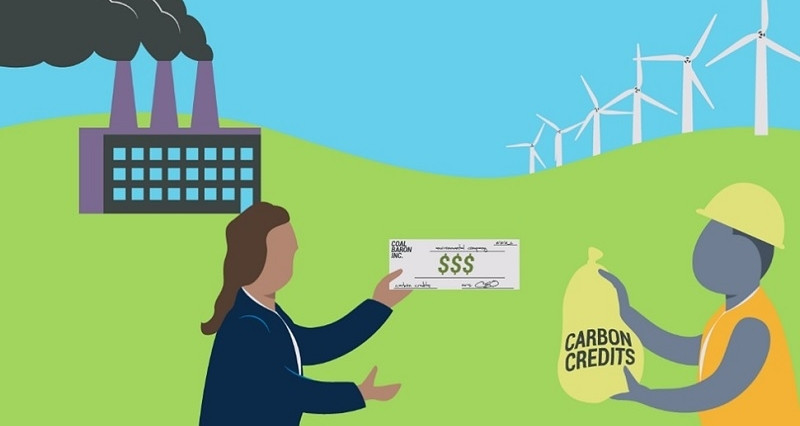
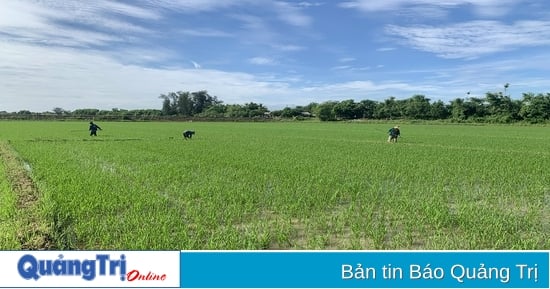

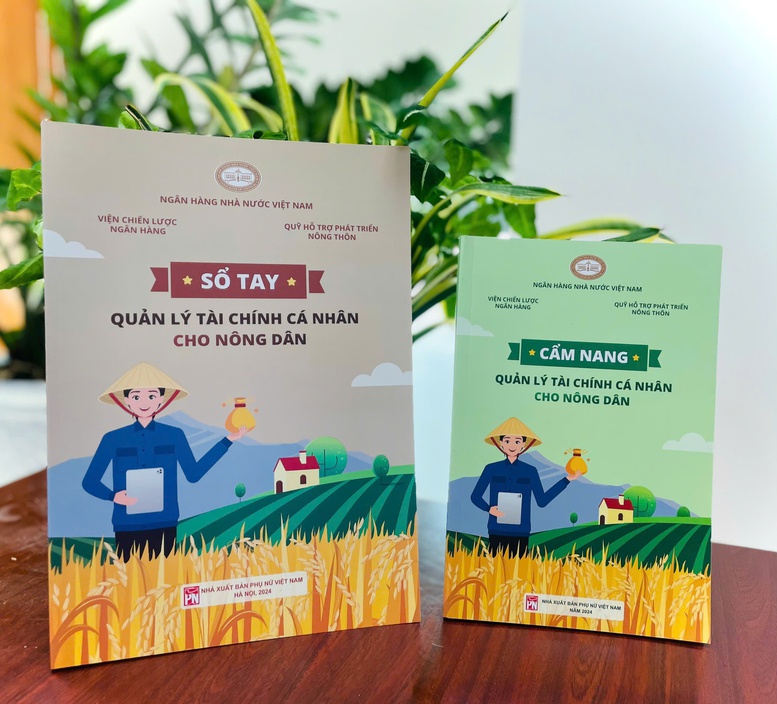

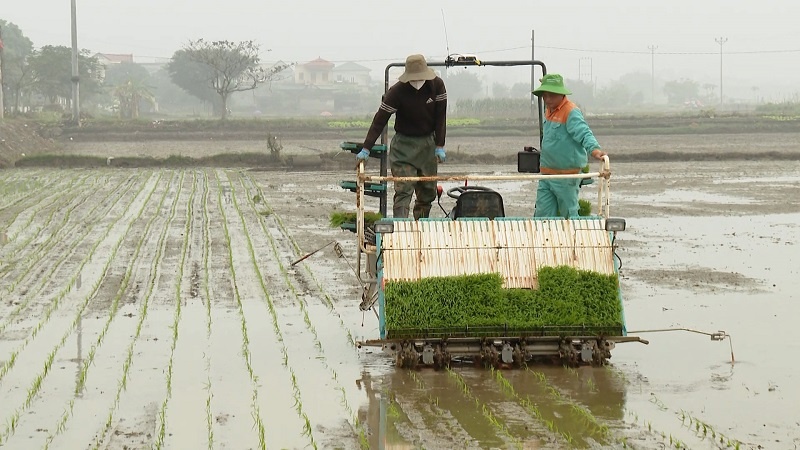
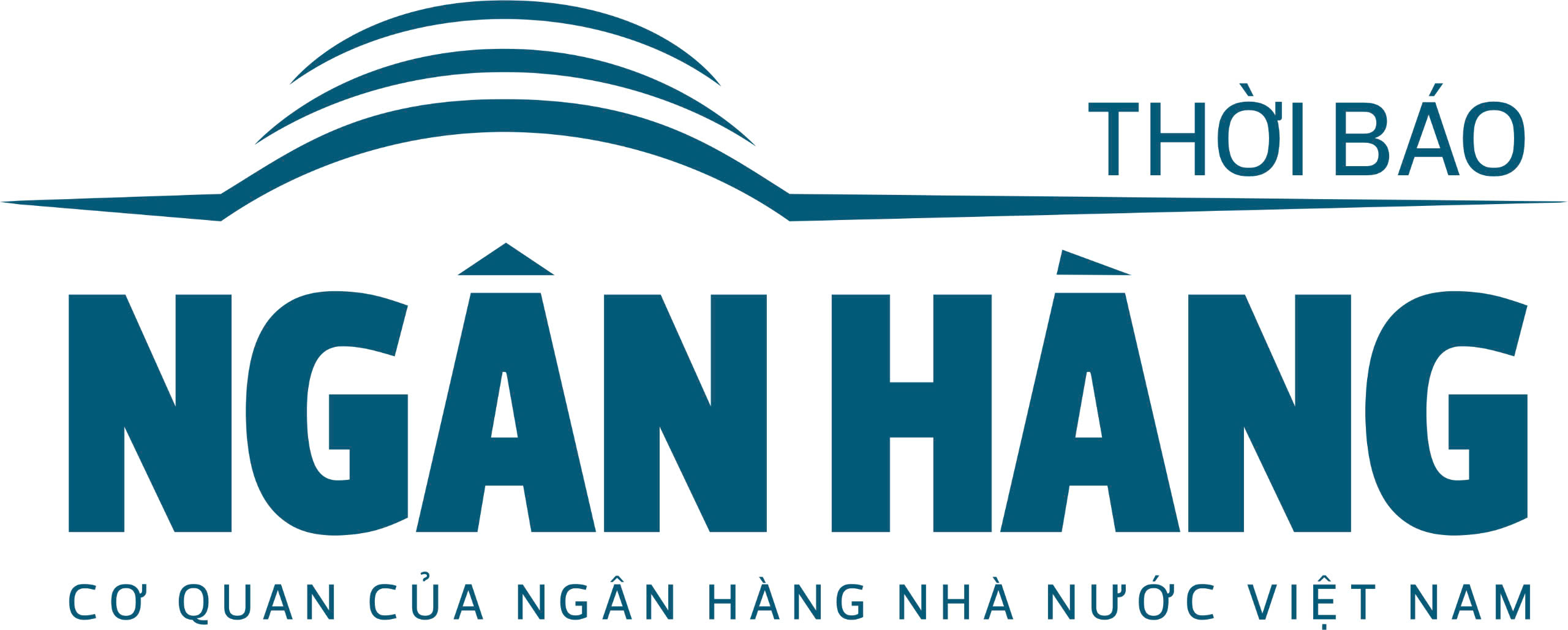
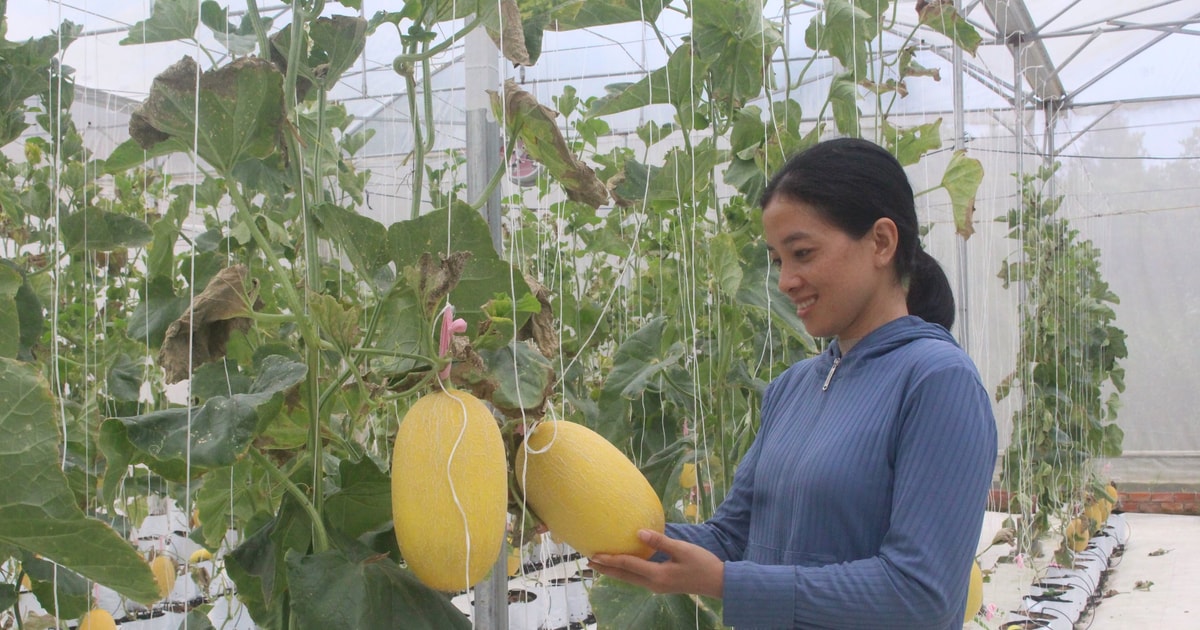
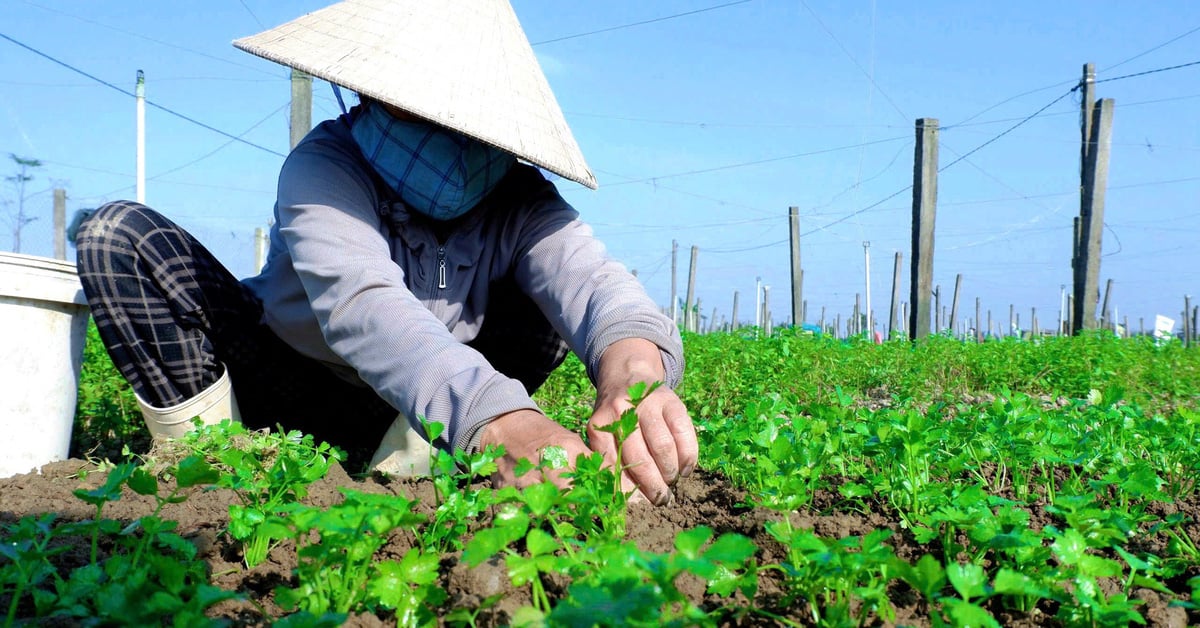

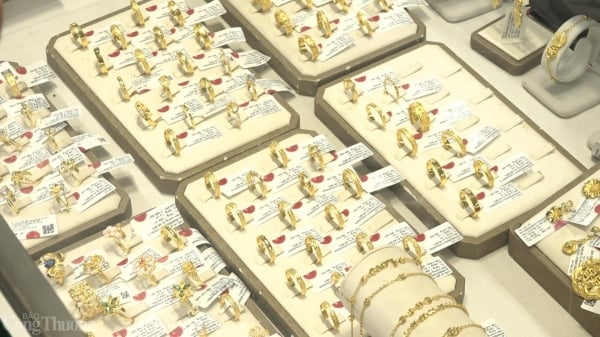

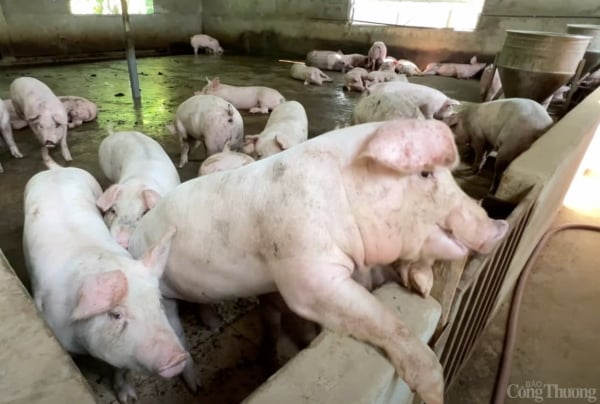
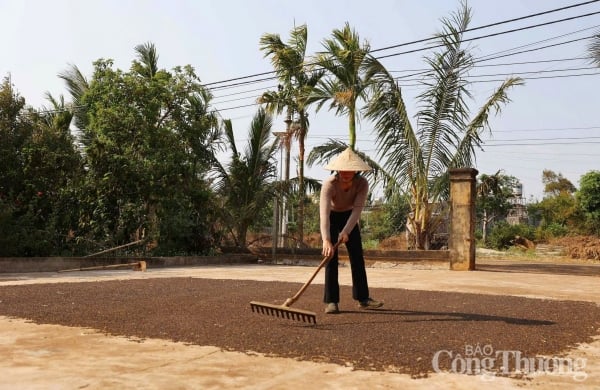
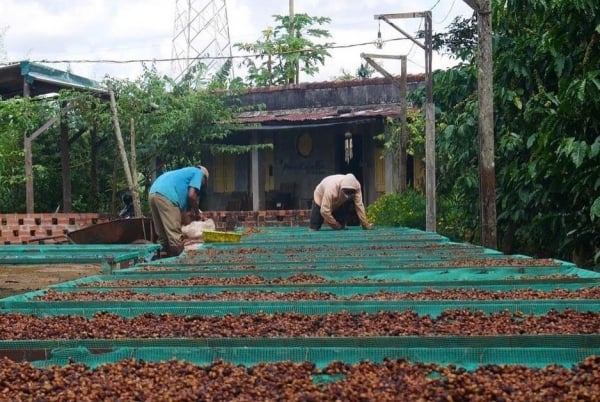
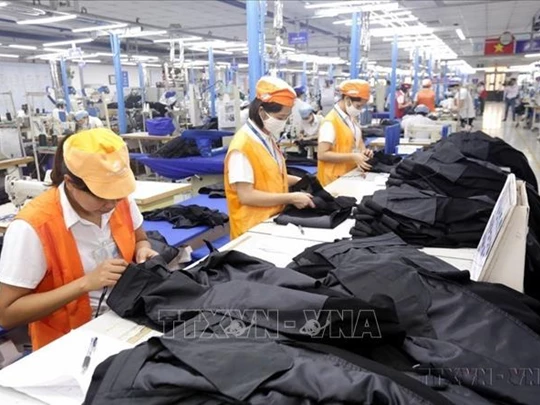

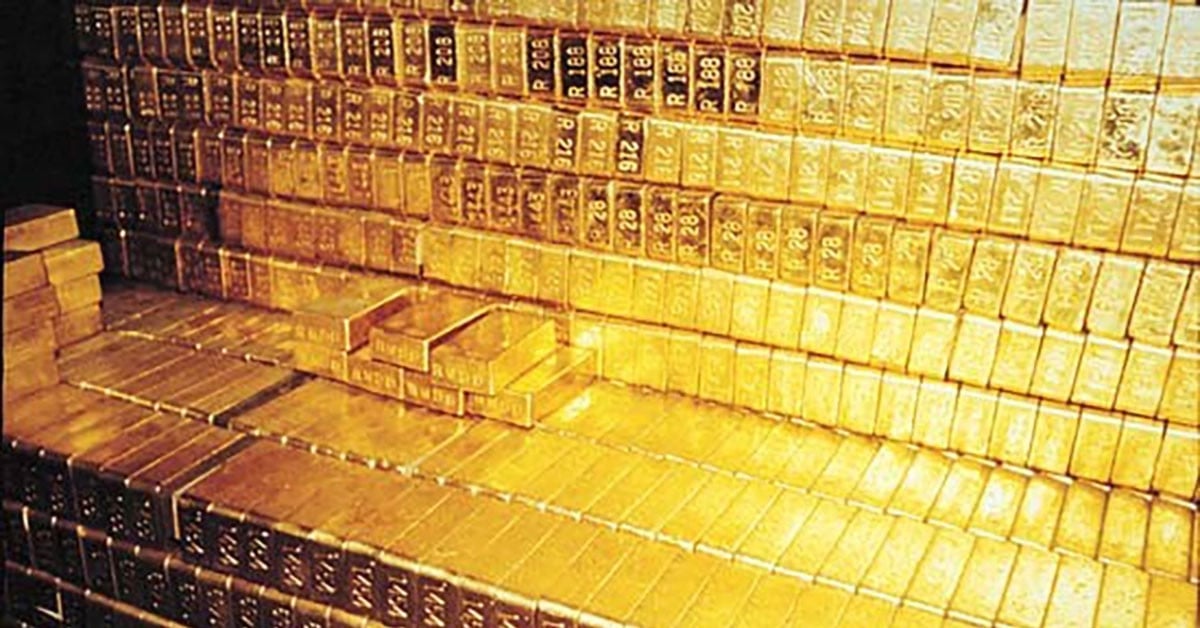




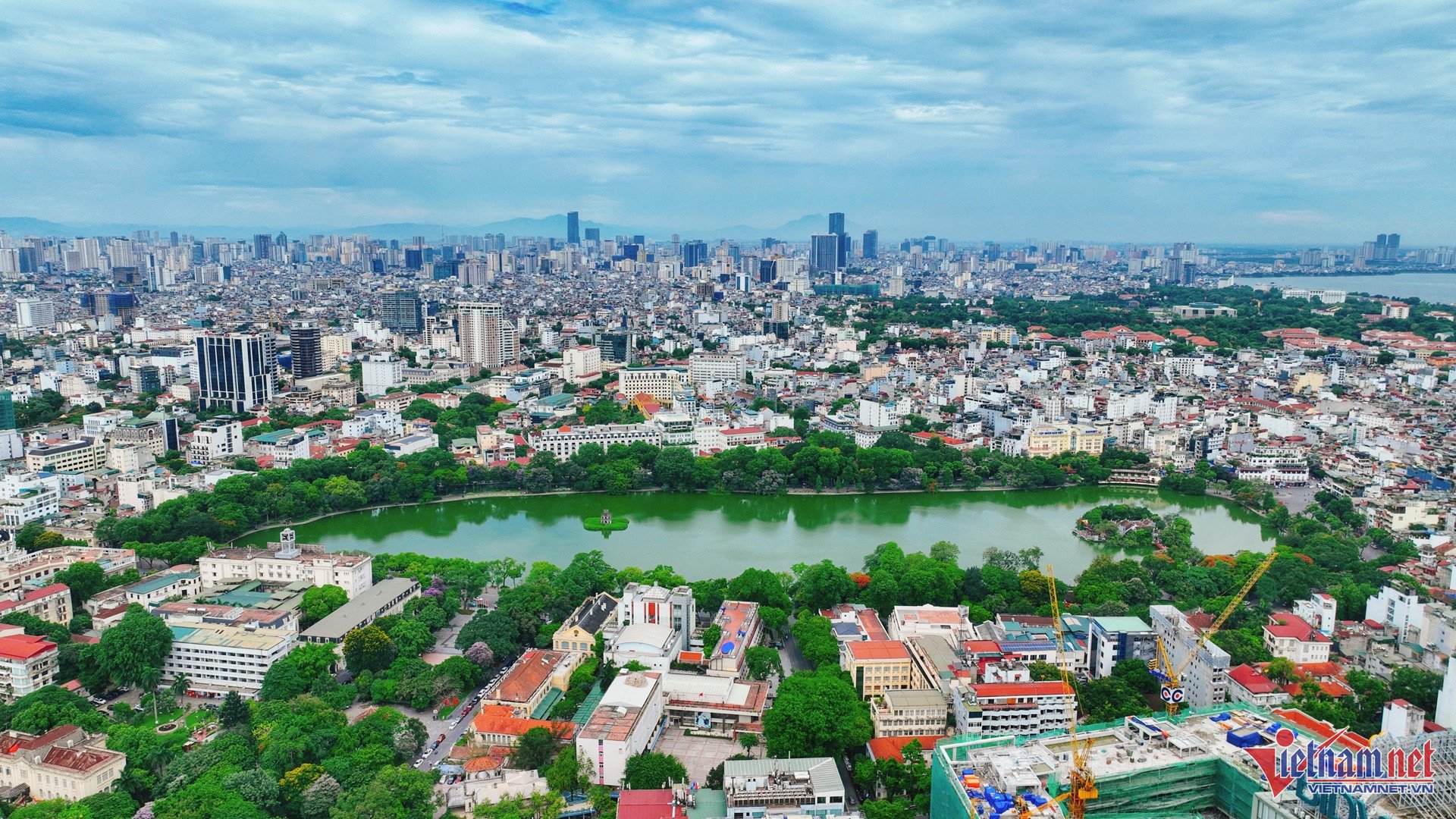









Comment (0)